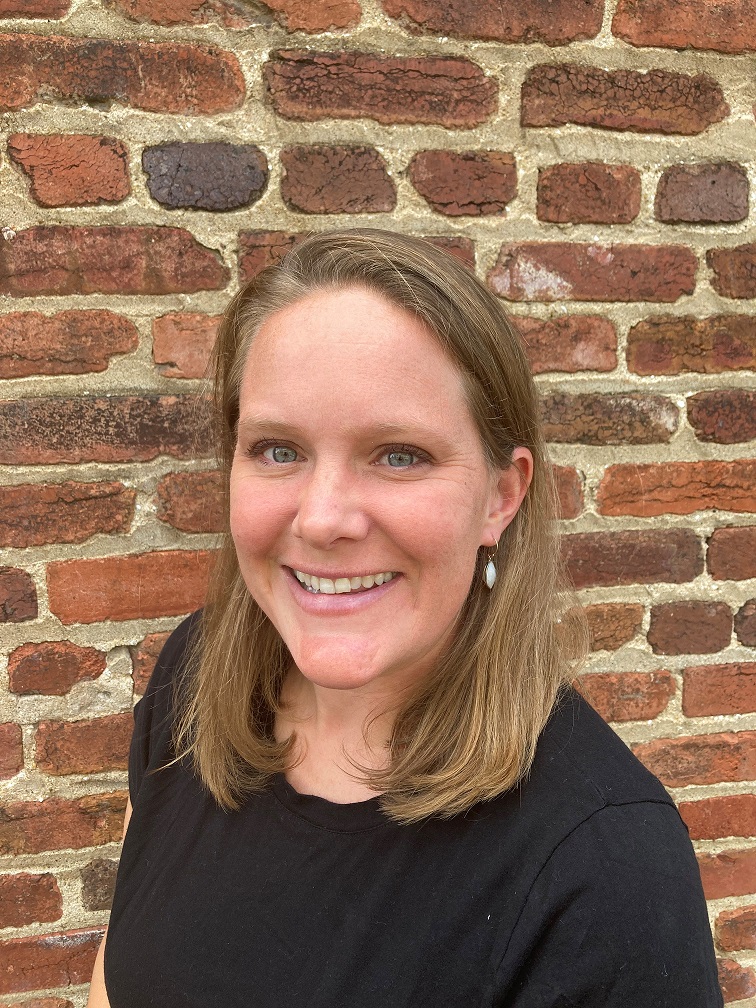CDER Communications Testing: Optimizing Drug Information Through Target Audience Feedback
One of CDER’s priorities is to communicate important regulatory and scientific information to different audiences, including patients, health care professionals, and the general public. Effective communications allow people to make informed decisions.
To help make sure these groups understand the communications we share with them, social and behavioral scientists in CDER’s Office of Communications (OCOMM) collect feedback from target audience members on a variety of drug-related messages and information.
In this CDER Conversation, Alexandria Smith, MSPH, a social scientist with OCOMM’s Research and Risk Communications staff, discusses the communications testing program and how it helps ensure the information CDER shares is understandable, relevant, trustworthy, and useful.
How did this program get started?
The original communications testing program, known as FDA’s Internal Message Testing Network, began in 2009 as an agency wide pilot program to informally screen draft public health messages among a group of FDA employees who volunteered to help. The pilot eventually expanded to a funded program that included consumer participants from outside the agency, adding a greater variety of demographic groups and target audiences.
In 2019, OCOMM began testing CDER’s communications and expanded the pool of potential participants to include health care professionals such as physicians, physician assistants, nurse practitioners and pharmacists. Now CDER can conduct testing with both FDA volunteers and with external patients, consumers, and health care professionals.
How does message testing work?
We conduct testing studies by showing different kinds of communication materials and messages about medicines to a small group of individuals most likely to be interested in the topic or for whom the information may be the most relevant. We want to find out if the communication is meeting its objective to provide readers the information they need and want about the topic.
We start this process by working with a CDER office that has material or messages they want to obtain feedback about from members of the target audience. OCOMM’s strategic communications staff and subject matter experts from other offices often work together to develop materials for us to test. The materials tested often include information for FDA’s website such as Questions and Answers, infographics, and videos, but they have also included medicine packages and patient instructions, and content for posting on FDA’s social media sites.
Then we conduct 45-minute individual online interviews with 15-20 participants who provide feedback. These interviews usually begin with a general discussion of how much the participant knows about the topic. We follow up with questions about the participant’s thoughts and reactions to the communication materials including whether they trust FDA and the information, how they would use the materials and if they would share the information with anyone. Based on the analysis of the feedback, analysts develop recommendations and present them to the CDER staff involved in the communication.
How do you choose a test audience and develop the interview questions?
We collaborate with the CDER team to identify the people most likely to see or be interested in the communication. This may be general health consumers or it could be more targeted, such as people taking a certain kind of medicine or who have been diagnosed with a specific condition. We also ask the requesting CDER office what they want people to learn or understand from the information being tested. Then we create a screening document customized to help recruit the required group of participants. Factors such as age, gender, race, ethnicity, and health status are just a few characteristics that may be relevant to choosing target audience members for testing.
Can you describe a recent message testing example?
We recently tested an educational fact sheet about medicines called biosimilars and interchangeable biosimilars at the request of CDER’s Office of Therapeutic Biologics and Biosimilars (OTBB). In addition to plain language and clarity considerations, OTBB faces challenges with a general lack of public knowledge about biosimilars. To illustrate this, a recent study reported only 27% of survey respondents knew what a biosimilar was.
To test the new fact sheet, we interviewed 15 American adults who self-reported a diagnosis by a health care professional for a condition that is awaiting an FDA-approved interchangable to come onto market. We asked participants to provide feedback on the fact sheet that could help improve understanding about these medicines and create a higher public health impact. Using a qualitative research software program for analysis, we identified recurring themes across all the interviews. OTBB and OCOMM used the feedback to clarify the information and create a fact sheet to share with the public that better explained these medicines.
How does testing improve CDER’s communications?
The primary objective of communications testing is to help make sure the information we provide about medicines is clear and understandable, even when the topic is complex or technical. We want to make sure we are providing the information people need and want to help them make decisions about their health. We also want to know if there are any problems with the information or how it was presented. For example, we may ask participants if there were any words that were unclear, unfamiliar or confusing, and the alternatives they would suggest instead. We also may ask them to describe information they think is missing or that may be unnecessary.
Once we complete the interviews, we analyze all of the feedback received, with the main goal of identifying ways to make the communication or message better. Based on the feedback, we develop a list of suggested improvements that we share with the CDER office so they can consider them as they update the information. If a lot of changes are made after the initial testing, we can even retest the communication if necessary. It’s not possible to test all CDER’s communications, but the lessons learned from these testing studies can often also be applied to other communications.

